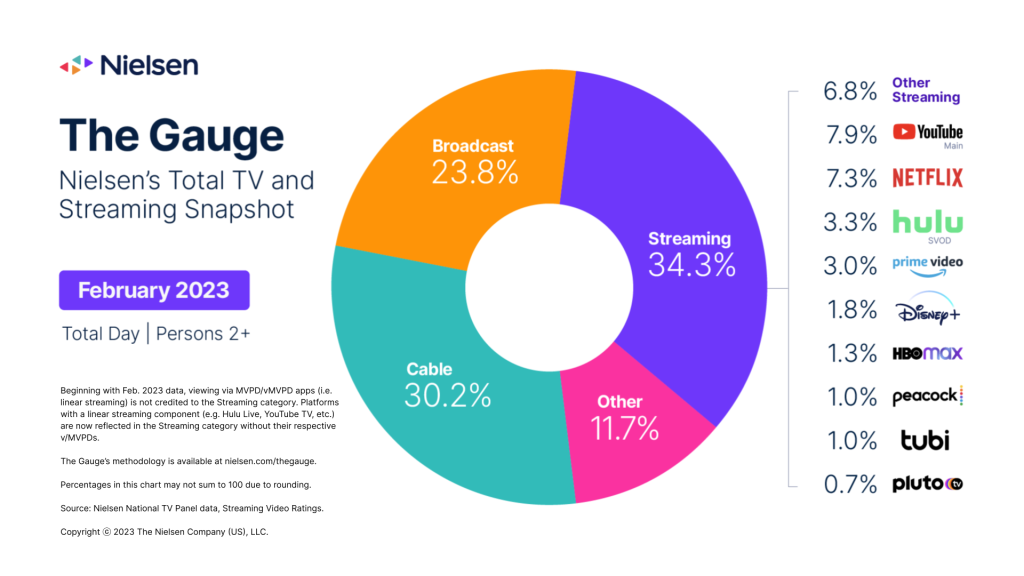Future of TV Briefing: Traditional TV’s Q2 upfront cancelation rates signal market may have bottomed out
By Tim Peterson
This week’s Future of TV Briefing looks at the recent signs of recovery that TV network executives are seeing in the marketplace.
- ‘Our toes aren’t over the cliff’
- WTF are the U.S. Joint Industry Committee’s measurement currency requirements?
- HBO Max’s heir, Group Black’s BET bid and more
‘Our toes aren’t over the cliff’
The key hits:
- Q2 upfront cancelation rates came in at the usual range.
- Auto ad spending is starting to recover.
- The scatter and direct-response ad markets have improved.
Traditional TV’s advertising downturn seems to have hit bottom and begun to bounce back — a bit — if early signs for the second quarter are any guide.
The rolling deadlines for advertisers to cancel portions of their Q2 upfront commitments with TV networks came and went in recent weeks. While some advertisers did scrap some share of spending, the cancelation rates were relatively run-of-the-mill, according to TV network executives, with some TV networks seeing cancelation rates in the high single-digit percentages compared to the mid-teen percentages experienced last year.
“They’re historical. They’re not more than they’ve been,” said one TV network executive.
“It wasn’t a bloodbath. Options weren’t at historic highs or anything. They weren’t that bad,” said a second TV network executive.
“For Q2, the early indications look OK,” said a third TV network executive.
“If you look at them versus prior-year, it’s like, ‘OK, good sign.’ I view them to be a positive sign,” said a fourth TV network executive.
Clearly, none of these network executives are crowing about the Q2 cancelation rates. But they aren’t crying about them either. Instead they’re taking some cheer in the cancelation rates being among the signals that the TV advertising marketplace may be starting to come out the other side of a depressing period that started last summer.
“I would call right now the most stable it’s been in six quarters. I’m not saying stable is good. It’s just not getting worse,” said the third TV network executive.
The executives attributed the recent marketplace improvement to some advertisers’ businesses either recovering or proving more resilient than expected. Spending from auto advertisers, for example, has begun to pick back up, whereas last year auto advertisers were among the most aggressive in canceling their upfront commitments and pulling back budgets.
“Automotive was a freaking disaster [in 2022]. A lot of the options came from automotive. Now automotive is kind of… you know,” said the first TV network executive, who made a so-so gesture with their hand.
“CPG is in a much better place. The supply chain issues have been rectified, and inflation issues have been rectified. The auto category is starting to bounce back. Eventually the insurance category will catch up to that,” said the fourth TV network executive.
Pharma and entertainment advertisers have also been bright spots for TV networks and helped to offset decreased spending from tech advertisers.
“The clients that laid down their money [in the upfront last year] are still in fairly stable places,” said the second TV network executive.
Relatedly, while traditional TV’s scatter market has been soft, it has firmed up a bit, with prices …read more
Source:: Digiday





